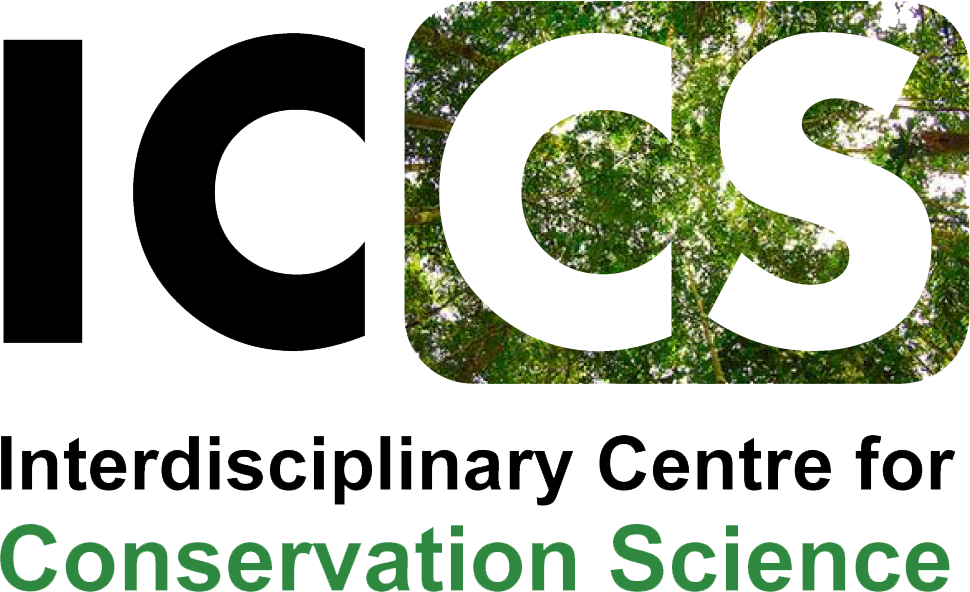University of Oxford
11a Mansfield Rd
OX1 3SZ
UK

A new study has determined that the widely used tools available to businesses for assessing their biodiversity impacts depend on broad assumptions and can have large uncertainties that are poorly understood or communicated. If used appropriately, they can be powerful tools to help guide effective action to address biodiversity loss – but if not, they can lead to misguided effort and can be insufficient for robust biodiversity strategy design.
Businesses across a range of industries and sectors are under growing pressure to develop biodiversity strategies that not only minimise their negative impacts but also enhance their positive contributions to nature. As businesses start on their nature positive journey, a range of tools and approaches have emerged to help them assess risks and impacts on biodiversity. Among the leading approaches increasingly recommended for assessing organisational impacts on nature are Life Cycle Assessments (LCAs). These approaches offer a powerful means to track environmental impacts across all business activities and stages of product’s life cycles, capturing many of the pressures driving the loss of biodiversity from land-use change to eutrophication. The results provide businesses with data on their environmental impacts which can inform decision-making and measure progress year-on-year.
A new study led by researchers at the University of Oxford’s Nature Positive Hub and The Biodiversity Consultancy has investigated the assumptions made by these tools, and outlined the opportunities and risks associated with their use in biodiversity strategy design.
LCAs are one of the only methods accessible for assessing broad life cycle impacts by gathering data on company activities and estimating the environmental pressures exerted by all the inputs and outputs to a company’s activities. The methods are therefore now being used to estimate “biodiversity footprints”, a term used to refer to estimates of organisational biodiversity impacts. However, LCA-based methods and associated models were not originally developed for biodiversity footprinting and have recognised limitations in capturing the complexities of biodiversity.
In addition, despite their ease of use, LCAs carry significant uncertainties. These arise from the structure of the models—such as which biodiversity threats are included—the quality and completeness of the underlying data, and the way results are presented. As a result, these uncertainties can influence user decision-making, potentially leading to misleading conclusions. Dr Thomas White, co-lead of the study, says:
“Whilst recognised by those very familiar with LCAs, these uncertainties are often overlooked or poorly communicated to users. LCAs can be very powerful tools for understanding impacts on biodiversity, but without careful navigation, these uncertainties can lead to misinformed decisions, misallocated resources, and ineffective biodiversity strategies. In the paper we suggest ways that researchers and practitioners can help reveal, reduce, and appropriately navigate these uncertainties to improve LCA use.”
While LCAs are powerful tools for assessing biodiversity impacts across life cycle stages and biodiversity pressures, they must be used in conjunction with conservation science best practices and direct biodiversity monitoring to develop effective and actionable biodiversity strategies. Dr Talitha Bromwich, the other co-lead of the study, says:
“The tools can be very useful so long as an understanding of the risks posed by these uncertainties exists. Businesses should be able to weigh them against the costs of inappropriate action or inaction, and ensure decisions are robust to these uncertainties. If this is done well, then we can still design effective biodiversity strategies that utilise these tools to their greatest potential.”
The researchers have suggested several recommendations to embed these tools within business strategy design. These include:
- Risk screening & tracking progress: LCAs are most effective for high-level risk screening, prioritising action, and tracking biodiversity impact reduction over time.
- Complemented by other approaches: Once high-impact areas are identified, LCAs should be paired with more specific approaches to provide robust impact estimates and guide effective, location-specific recommendations from conservation science.
- Cautious use & complementary metrics: LCA impact values should be interpreted carefully due to uncertainties and lack of specificity. Targets should combine LCA and non-LCA metrics, focusing on direct biodiversity measurements, pressure reductions, and clear conservation actions. Care should be taken when using absolute estimates of biodiversity impact from LCA’s in strategy design.
To read more about this research, published in Methods in Ecology & Evolution, visit: https://besjournals.onlinelibrary.wiley.com/doi/full/10.1111/2041-210X.70001
This blog was originally published at https://www.biology.ox.ac.uk/article/common-approaches-for-assessing-business-impact-on-biodiversity-are-powerful-but-often-insuf


